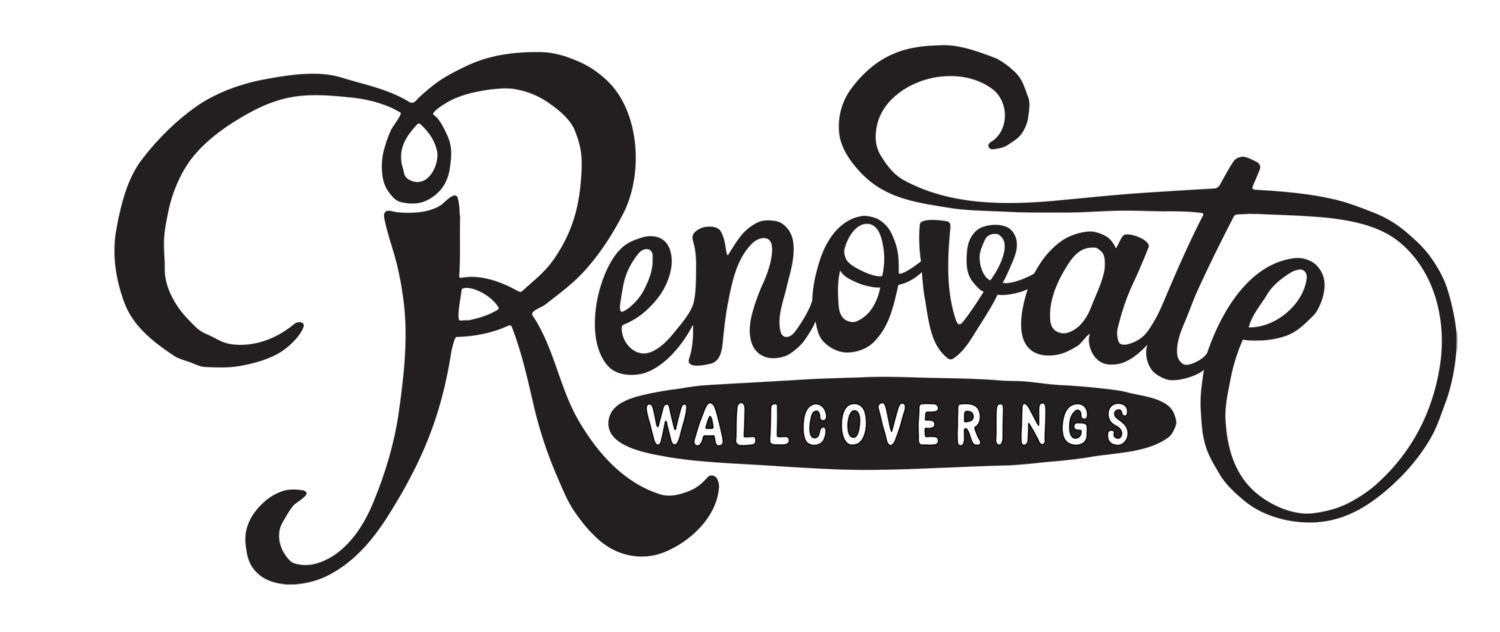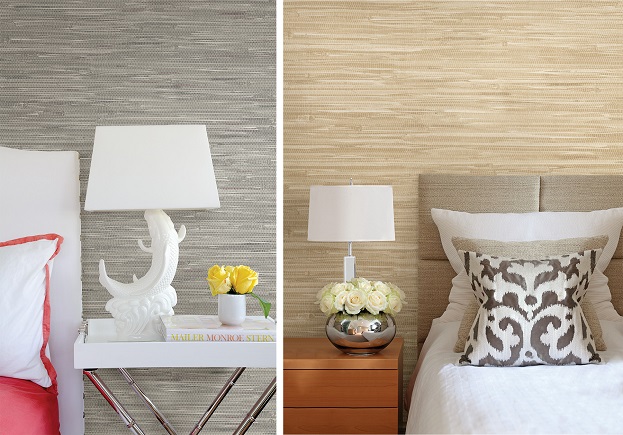Good afternoon, and happy Friday! Nikki here, and today I wanted to briefly discuss three advantages of wallpaper over paint.
1. Wallpaper is easier to maintain and cheaper over time
Kind of counter-intuitive, right? While vinyl wallpaper has a higher intial investment, a lifecycle analysis indicated that today's wallcoverings now last approximately five times longer than paint. We've seen vinyl wallcoverings stay in pristine condition for 15+ years, whereas a painted surface typically requires periodic cleaning and generally requires repainting every three years to retain it's appearance, on average.
Not convinced? Check out a commercial usage scenario based on information from the Hite Report:
Say you're working with a 384 square foot room. Assuming that the initial cost to prime and paint is $173.00 (or $0.45 per sq. ft.), and that the room will be repainted every 3 years, the cost of maintaining this office over a 15 year period, with paint, will be $1,037.00, provided the cost of material and labor does not increase. Using vinyl wallcoverings estimated at $1.69 per square foot including cost and installation, we assume a worker will wash the walls every 5 years at a cost of $0.33 per sq. ft., bringing the cost to $1.79 per sq. ft. over a 15 year period to $687.00. In dollar values, the cost of maintaining paint versus wallcoverings is $1,037.00 versus $687.00 over the same period of time, which is savings of over 35%!*
2. The aesthetic appeal is unparalleled
Let's review the possibilities of paint:
Flat color: One room, one color.
Accent wall: One room, one color except for one uniquely colored wall, typically in a complimentary color.
Textured paint: Paint containing various medias to give it texture.
Custom paint: Murals using paint.
Faux finishes: Custom paint designs that add pattern and depth, such as Venetian plaster.
Now, let's see how wallpaper matches up with these popular painting techniques:
Flat Color: Though most people don't opt for solid wallpapers, there are single color wallpapers available.
Accent Wall: Can be achieved by utilizing wallpaper on one wall.
Textured Paint: There are many varieties of textured wallpaper.
Custom Paint: Wallpaper manufacturers have a wide variety of mural wallpaper.
Faux Finishes: Most popular faux finishes have their wallpaper counterparts. Personally, I love faux finishes and I have two faux exposed brick accent walls in my own home.
Historic Aspect: Can you imagine a Victorian-era home without wallpaper? Me neither.
Digital: Computer generated designs custom printed onto wallpaper.
Photographic: Consider creating custom wallpaper using family photos.
Natural Surface: Natural fibers, such as jute, grasscloth and bamboo, provide an air of luxury to any room.
Fabric Walls: Cover your walls with your favorite fabric.
Wood Surfaces: Wood veneer provides a cheaper, functional, modern alternative to wood paneling.
Grasscloth wallcoverings.
3. Wallcoverings can bring functionality to a wall
Whiteboard/chalkboard wallcovering: Allows the use of dry erase markers or chalk for presentations or notes. Though this is typically used in an office environment, it would be well suited for your child's room to encourage expression and creativity. Somehow, I don't think you'd be too happy if your kid wrote on their painted walls, now would you?
Magnetic wallcovering: Allows the use of magnets.
Acoustic wallcovering: Though traditionally used in commercial applications, these are more commonly utilized in homes with expensive surround sound systems or home theaters. These wallcoverings are specifically engineered to absorb sound energy.
Glow in the dark wallcovering: Create a fun, interactive wall with this type of wallcovering and a black light.
Cork wallcovering: Useful as either a bulletin board, a natural sound deadening material, eco-friendly natural wallcovering or a textured wallcovering.
Metallic or organic wallcovering: Our wallcoverings contain retail elements, such as copper flakes and mica.
*Wallcovering Installers Assocation
Chalkboard wallpaper from the Magnolia Home Collection.
Stop by the shop today to discover all the possibilities!



